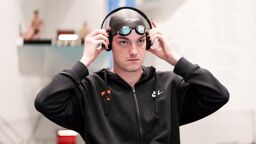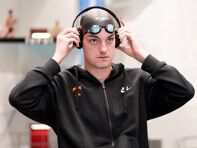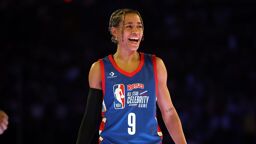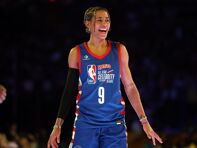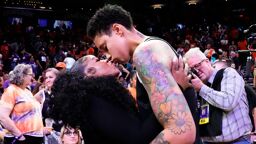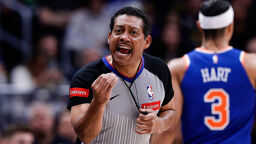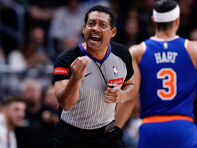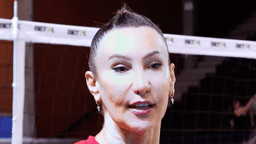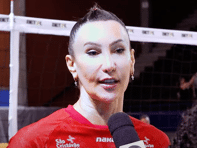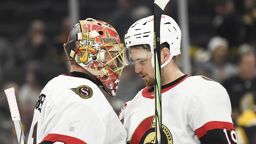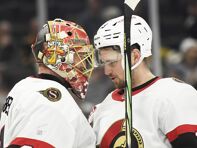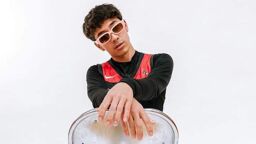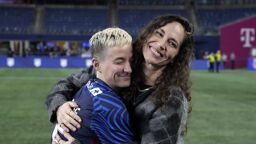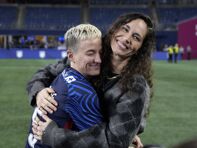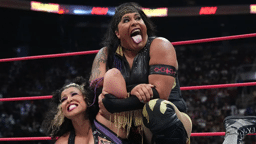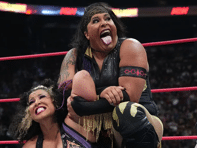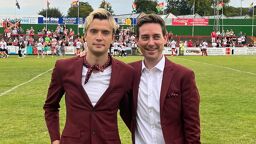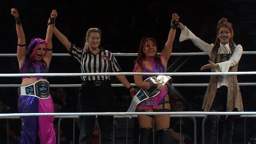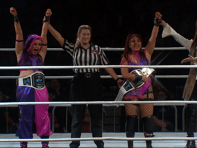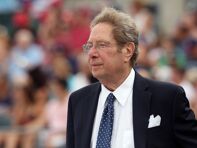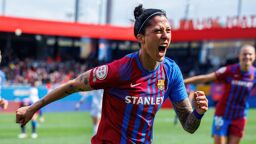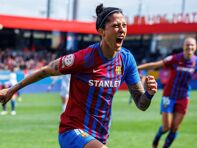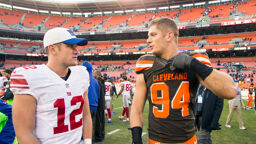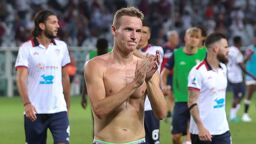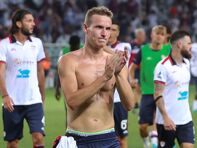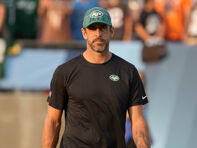(This story was published in 2001).
During the Cold War, Kremlinologists in the U.S. regularly got out their magnifying glasses to study pictures in Pravda, the Soviet Union’s official newspaper.
By analyzing who had joined–or who was missing from–the podium at various parades and functions, these Soviet experts would attempt to dissect the shifting power structure. The speculation was necessary because of the extreme difficulties of gathering much information from independent sources in the Soviet Union.
In many ways, gay sports fans have become the Kremlinologists of the 21st Century as we try to divine who on the fields of play shares our orientation. We’re reduced to reading tea leaves, looking at a jock’s marital status (as if that means anything), mannerisms, the way he talks, his choice of clothes and our not-always-reliable “gaydar.”
The reason for all this guessing is clear: athletes remain buried deep in the closet. The number of out athletes couldn’t fill a book larger than “Great German Comedians.” And virtually all of these athletes have come out only after retirement. With everyone hiding, we’ve all become detectives. Seeing jocks we know to be gay getting engaged or married only adds fuel to the fire.
This is not a ringing defense of speculation but rather an attempt to understand it. The constant guessing, parsing and throwing out the names of entire football teams gets old fast and is generally pointless. The “evidence” is often so scant that Judge Judy would dismiss the case before the first commercial break. I would rather focus on the courageous athletes who have come out and made a difference, like Corey Johnson, Brandon Triche and Mark Welsh.
Speculation on who’s gay and who’s not has been everywhere the past two months–on discussion boards (both on Outsports and on mainstream sites like ESPN.com), in print and on sports talk radio. The catalyst was a column by Out magazine editor Brendan Lemon about his affair with an unnamed major league player.
The fact that Lemon’s player remained anonymous caused all the guessing, even among other major leaguers. It’s human nature, and not limited to gay men, as the frenzy over Gary Condit and Tom and Nicole demonstrates.
A need for validation fuels much of the speculation of gay sports fans. We do not require openly gay athletes to validate our existence, but symbols are important.
The black civil rights movement did not need Jackie Robinson to play in the major leagues; nothing was going to hold back the demands for equality. Robinson, though, was important, to show the white world that blacks could compete as their equals. Billie Jean King performed a similar role for female athletes when she trounced Bobby Riggs.
I see a similar analogy regarding gay athletes. Most homophobic slurs directed at men revolve around de-masculinization. Sissy. Wussy. Throws Like a Girl.
These are all lies and slanders that we as gays know are far from the truth, yet they continue to hold a powerful grip on attitudes. These stereotypes also affect young gay athletes who see no role models to emulate and believe that hiding is the only option. The cycle then continues.
How shocked would society be if they knew some of their star players, some league MVPs and Hall of Famers, were homosexual? Perhaps not as shocked as we–or the gay athletes–imagine.
One way of reducing the shock value is by discussing the topic. This was the greatest service performed by Lemon’s column. When a sports talk radio station in Huntsville, Ala., is talking about gays in pro sports, it shows it’s not an alien concept and has moved into the mainstream.
Once the Soviet Union fell and Russia became more open, there was no more need for magnifying glasses. Once our society becomes more accepting and athletes feel comfortable proudly coming out, there will be no need for speculation.



